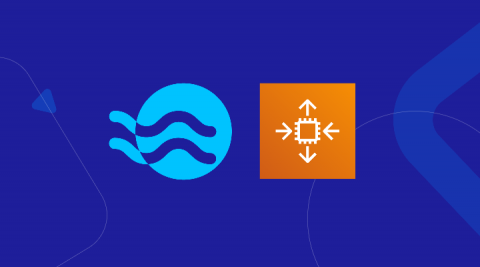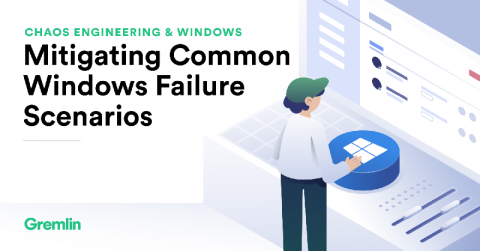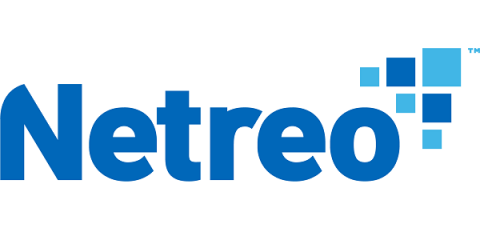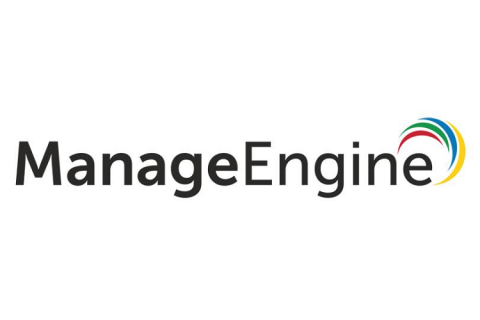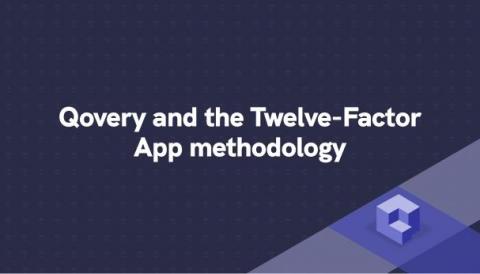Operations | Monitoring | ITSM | DevOps | Cloud
Latest News
Monitor HiveMQ with Datadog
HiveMQ is an open source MQTT-compliant broker for enterprise-scale IoT environments that lets you reliably and securely transfer data between connected devices and downstream applications and services. With HiveMQ, you can provision horizontally scalable broker clusters in order to achieve maximum message throughput and prevent single points of failure.
Unify AWS EC2 Auto Scaling groups for containerized workloads
Ocean by Spot is a fully managed solution for your Kubernetes and/or AWS ECS data plane, with the goal of delivering a serverless container experience for application developers. With that in mind, we are excited to announce that users can now import AWS Auto Scaling Groups (ASGs) into Ocean via the Spot Console.
Bridge the gap between the past, present, and future with Puppet
It’s the end of a long week filled with countless taxing IT change requests. You put your mobile phone on vibrate, still apprehensive from the ALL CAPS text message abruptly received from the IT director last week. Your eyes are burning from the blue hue of your laptop. You begin to shut it down for the evening, lower the TV volume, and sluggishly doze into a deep sleep.
How one bank modernized their infrastructure and optimized costs
Back in 2005, the Royal Bank of Scotland (RBS) Group was running about 600 Unix servers and they had a bunch of manual processes that slowed down their software delivery cycles and could cause huge delays. As David Sandilands, an infrastructure engineer at RBS, put it in a webinar he did with us, their releases weren’t quick enough.
Chaos Engineering and Windows: Mitigating common Windows failure scenarios
Microsoft Windows is a popular operating system for many enterprise applications, such as Microsoft SQL Server clusters and Microsoft Exchange Servers. About 30% of the world’s web application hosting systems are running Windows, making it an important part of every enterprise’s plans to prevent outages and enhance reliability.
Tame IT Chaos by Leveraging Advancements in Machine Learning and Artificial Intelligence
Information Technology (IT), like many other industries, is tapping into the latest advancements in Machine Learning (ML) and Artificial Intelligence (AI) to solve a decades-old problem in the IT management world. History can teach us many things, and by diving into years of accumulated IT data, we can find meaningful insights and use them to guide the future.
The Difference Between IaaS, Paas, and SaaS
SQL Server, Part 4: Understanding built-in SQL Server principals
In the previous blog in this series, we discussed the principle of least privilege, and the importance of assigning bare minimum privileges to users and systems at database or server levels. However, there are certain built-in principals in your database that possess all permissions in SQL Server. If an attacker managed to get hold of one of these principals, the database could be easily exploited and damaged.
Qovery and the Twelve-Factor App methodology
The Twelve-Factor App methodology is a methodology for building platform-agnostic and resilient applications. It was introduced by Adam Wiggins while working at Heroku in 2011. Nearly 10 years later, this methodology is still considered by the developer community as an excellent practice to follow when building an application. In this article, we will see step by step how Qovery respects and improves the 12-factor methodology. Here we go.




